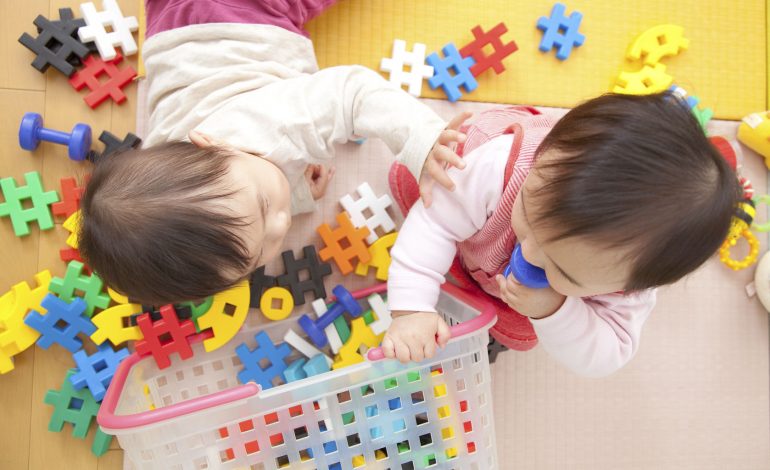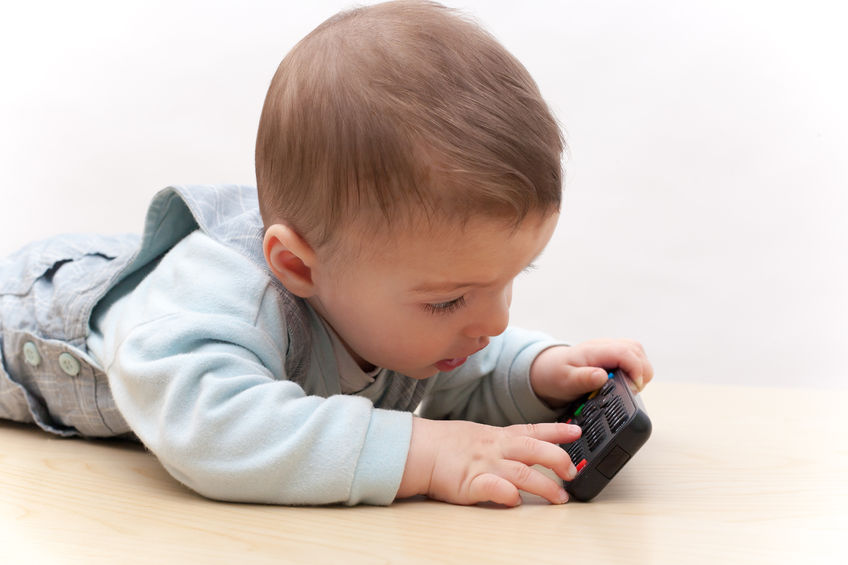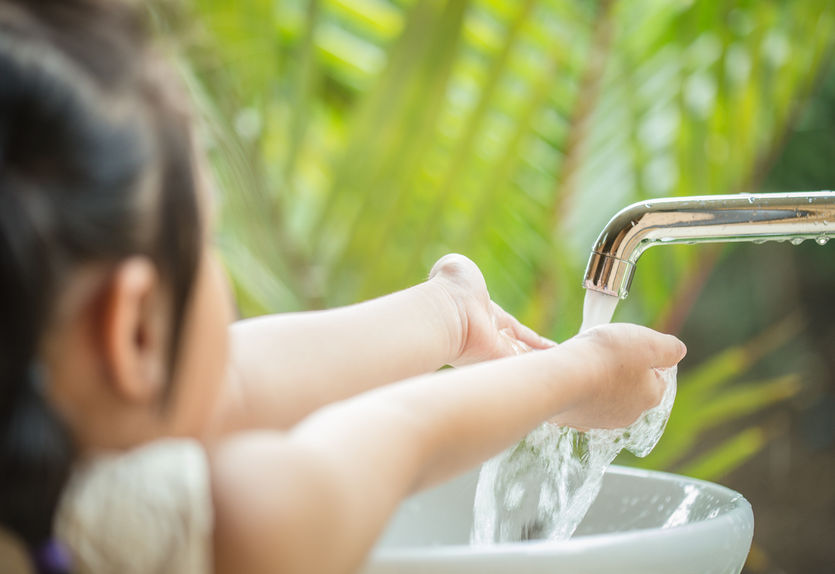
Star2 – Family
5 germy home surfaces that children love – and 5 ways to protect your kids

As soon as babies learn to crawl and toddlers start to walk, then they’re exploring the world around them, putting their hands everywhere, touching everything, and those tiny fingers will inevitably go into their mouths.
We already know there are germs everywhere and on everything. Every touch we make, germs are being transferred from other surfaces to our bodies.
The general understanding of a germ is that it’s a micro-organism that causes disease. Germs include microscopic bacteria (a micro-organism with only one cell), viruses (an infective agent that’s smaller than a micro-organism), fungi (spore-producing organisms that feed on organic matter) and protozoa (single-celled organisms).
True, not all bacteria are evil. But there are some that can cause us a whole lot of trouble like hand-foot-and-mouth disease (HFMD), Escherichia coli (E. coli) and influenza. Some say the flu virus can even survive on indoor surfaces for a week!
Children under the age of five are particularly vulnerable to these health dangers because their immune systems are still developing. But we can help ensure that every surface in our home is clean to minimise the risk of harmful germs and bacteria attacking our kids.
It doesn’t matter if you subscribe to the hygiene hypothesis or if you believe in eradicating all nasty bugs, we can all agree that a clean home environment is a good thing. So here are five germy surfaces in any home that children will find irresistible:
1. The Kitchen Sink
Kids love watching daddy or mummy making them a meal. But all that fancy dish-washing detergent and hand soap or boiling water won’t keep your sink free of germs. Even if you don’t stack your dirty dishes, there could be 500,000 bacteria thriving in that sink. Perhaps even more than your toilet!
2. The Bathtub
Bath time for kids is also playtime with water! But like the kitchen sink, all those sweet-scented bath products might not get rid of the faecal matter, fungi and staph bacteria growth harbouring in the bathroom.

3. Remote Controls
A TV remote or game control is a tantalising toy for a child. But we know very well those gadgets have been dropped on the floor, stuffed under the sofa, probably coughed on and even sneezed at, which means it could be crawling with germs.
4. Toys
Your child’s toys will certainly have been through the ringer including being dragged through the house, left outside in the garden, fallen into the drain and chewed on by the pet. So, they may be hosting some pretty nasty bacteria including E. coli and staph.
5. Walls
From helping to steady a baby’s feet as they learn to walk or turning into giant canvases for a toddler’s artistic expression, the walls in our home are the largest surface areas we’ve got. But how many of us actually clean them? That makes them the highest at risk for possible contamination and transmission of diseases and infections like HFMD, influenza, E. coli, MRSA and staphylococcus aureus.
So, with all these potentially hazardous germ-filled areas in our homes, what’s the best way to clean those surfaces and make sure we’re getting rid of bad bacteria? Here are five steps to follow.

1. Wash Those Hands
The best habit for any child is keeping their hands clean. Teach them the importance of washing their hands regularly – before meals, after the toilet, after playing outside or petting an animal. A thorough wash with soap and water should take about 15 seconds to get rid of germs. And as always, parents should lead by example.
2. Sanitise That Sink
The kitchen counter top, too, once a day. Don’t use regular soap and water; you can better eliminate those nasty bugs on contact with a disinfectant. Get a kitchen cleaner or make your own solution with bleach and water. Mix a tablespoon of chlorine bleach to one litre of water, pour it into a squirt bottle, and spray the area. No need to let it set; just wipe it dry with a clean cloth or sponge.
3. Disinfect The Bathtub
And the showers stall after each use, too. You can even use the same home-made bleach and water solution from the kitchen. The same rules apply, except you’ll need a clean towel to wipe down a tub.
4. Clean Their Toys
How many people have touched your child’s toys? The maid? The neighbour’s kids? Friends and visitors? Do you know where everybody’s hands have been? Even if you do, give those toys a proper cleaning every now and then. Check the labels on soft toys as most are machine washable.
5. Secure Your Whole Environment
Targeting specific areas is good, but you also want a completely safe home. Consider using a “biocidal paint” for your walls, which includes a special anti-viral and anti-bacterial technology that works as an effective protective shield. It could reduce the risk of your child contracting Influenza A (H1N1) or HFMD. Nippon paint has some particularly
For the record, here’s a word of caution about home-made disinfectants. More isn’t better. You don’t need pure bleach to sanitise an area. A mix of bleach and water is all you want to kill those germs. That home-made solution will also lose effectiveness after 24 hours, so don’t mix gallons of it to store for later. Also, never add bleach to other cleaners because it can create a dangerous gas. Last but not least, be sure to store the bleach, disinfectants and cleaning products away from a child’s reach.